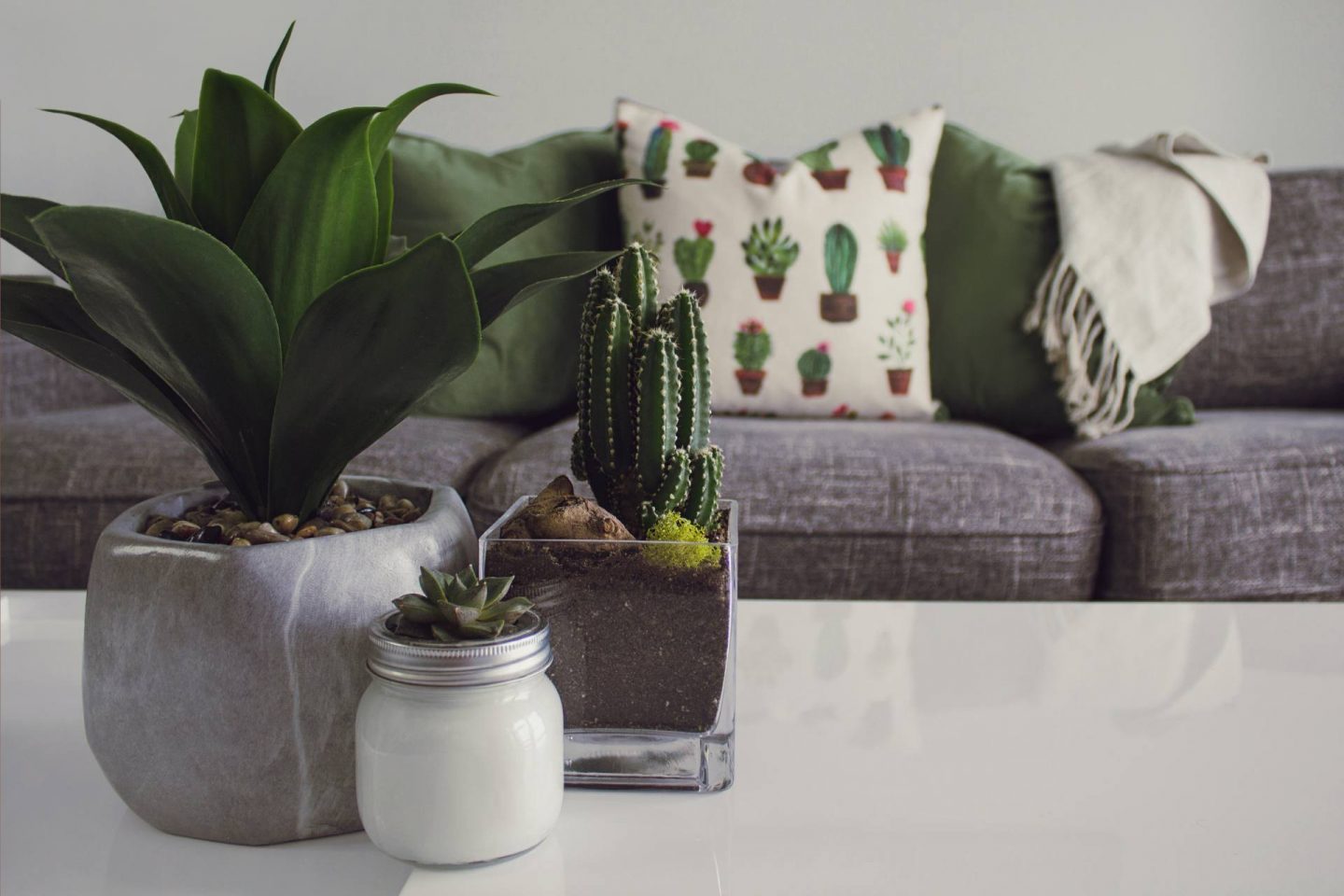*This is a collaborative post.
Nature has a unique appeal to most humans, and for a good reason. The sky, earth, water, and vegetation induce a refreshing feel, tranquillity, and relaxation. However, during winter, the outdoor climate becomes intolerable, necessitating giving your house a makeover to provide it with an outdoorsy feel.

Below are some excellent ideas that can help you towards this end:
Introduce Earthy Textures
To create a space that echoes the great outdoors, it would be in your best interest to find textiles and accenting pieces that consist of materials, colors, and patterns inspired by nature. Hemp, jute rattan, and wicker are excellent materials for your consideration; use these on your furniture, lampshades, rugs, and baskets. For instance, a wooden coffee table would go well with timber stools and rugs comprising natural fibers. Also, you may bring your outdoor furniture into your living room to make you feel like you’re relaxing in your backyard or gazebo.
Punctuate your Living Room with Plants
Nothing brings a visual connection to nature than placing a couple of plants inside your house. Indoor plants also boast the added advantage of purifying your home’s atmosphere, which will provide your living room with the much-needed outdoorsy freshness. Some of the plants you may go for include ferns, grasses, and flowers; these will perform remarkably well in pots.
If your primary objective is air purification, consider growing ferns, bamboo, peace lily, and areca palm. Conversely, if you require plants capable of providing your body with nourishment, consider creating an indoor herb or vegetable garden. Growing a dwarf citrus tree comes highly recommended.
Remember that your indoor air is unusually drier during winter, which could kill your plants, especially if they originate from the tropical regions. As such, it would be prudent to utilize a humidifier to raise the moisture levels in your living room. These devices come with humidistats that help them maintain the ideal RH levels for your plants without your input.
Remember that plants need care; if you don’t have a green finger, consider artificial plants to bring the outdoorsy feeling in your home but without the air cleansing benefits of natural plants.
Allow as Much Natural Light as Possible
The outdoors is loaded with natural light, which why it’ advisable to allow optimal illumination from outside if you’re looking to invoke the outdoorsy aura. As such, keep your curtains open and pull the blinds up to embrace natural light. If you need to maintain privacy, use lighter fabrics or sheers to allow the light in while blocking the prying eyes of your neighbors. It would also help if you have large window. However, if your windows are small, make your room brighter by using bright paints; this will allow the light to bounce off your walls. You may also install large mirrors, which will make your living room brighter and make it feel larger.
Create an Outdoorsy Atmosphere
The outdoors boasts natural sunlight, wind, and humidity, which implies a well-balanced atmosphere with fresh air and just the right amount of warmth. As such, it would help if you mimic such atmosphere for your living room, which would afford it an outdoorsy feel. Some of the crucial elements of the outdoor atmosphere include fresh air and humidity, which have a direct relation with the temperature.
Below are some proven ways for controlling the two elements to maintain an outdoorsy atmosphere in your living room.
Provide Efficient Air Circulation
Among the most effective ways of facilitating sufficient air circulation in your home involves opening the windows. However, with the freezing temperatures outdoors typical of the winter, all the doors and windows must remain shut. This, however, inhibits sufficient air circulation, which leads to poor indoor air quality and high temperatures.
Fortunately, you can rely on your HVAC system to circulate cool, clean air within your home. For best results, ensure to keep all the vents clean and replace the filters regularly. It would also help if you install an air purifier to get rid of bad odors and airborne pollutants, keeping your indoor air fresh at all times. A circulating fan could also help with enhancing circulation and cooling your indoor air.
Control Humidity
The air is usually dry during winter in most parts of the world, especially indoors where using furnaces becomes the order of the day. Air lacking sufficient humidity could lead to a wide range of health issues, which include dry eyes, cracked lips, sinus, and sore throats. As such, you may want to use a humidifier to enhance the moisture levels in your indoor atmosphere.
EPA recommends keeping the relative humidity levels in your home between 30 and 50%.
Furthermore, during the humidity season you might need a dehumidifier and here is how to know that if you need one to keep your living room environment nice and fresh while having plants, if you live in high humidity areas especially areas close to large water bodies. Just like low humidity, excess indoor moisture has its own share of issues, ranging from extreme discomfort to health issues like respiratory complications and allergies.
High RH levels could also damage the structural integrity of your house or lead to mold growth and unpleasant odors. And if you have plants in your home then it is important to know that Plants do release moisture, through little pores in the underside of their leaves which can lead to excess moisture and high humidity it’s advisable to invest in a dehumidifier to reduce the moisture levels in your indoor environment. These devices extract moisture from the air and convert it into water before discharging it. Dehumidifiers also come with built-in humidistats that allow you to program them to maintain specific humidity levels automatically.
Stimulate Your Senses with Outdoor Cues
You may convert your home into a park by introducing the sounds and smells of nature. Adding floral or woodsy scents in your living room is an excellent way of inducing a sense of nature into your home. Sounds associated with the beach, wind or rain boast therapeutic benefits, which is why they’re often used in spas.
The Bottom Line
Bringing the outdoorsy feeling in your living room during winter induces a sense of relaxation and calmness, which is important because most people hardly step outside. Introducing the elements of nature that include lighting, smells, and sounds is an excellent technique that will help you unwind and stay calm while confined indoors. Dehumidifiers and humidifiers are excellent tools that will help you control the ever-fluctuating RH levels in homes during the winter.

Bringing plants inside is a great idea – definitely helps in lots of ways.